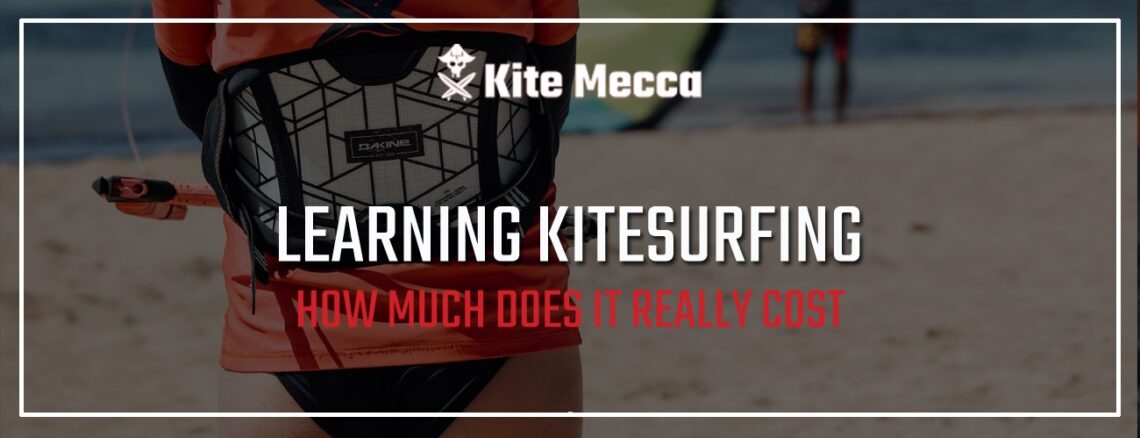
How Much Does It Cost to Learn Kitesurfing? Lessons Time & Cost Explained
How Much Does It Cost to Learn Kitesurfing?
On average, it takes between 8 to 20 hours of lessons to become an independent kitesurfer, depending on your lesson type, conditions, and personal abilities. Many beginners focus on the price of a single lesson, but what really matters is the total time and total cost to learn kitesurfing.
In fact, chasing the cheapest price per lesson often leads to paying more overall and spending more time getting to the level where you can kite on your own.
If you want to find out how long it will take you specifically, try our free tool:
👉 Kitesurf Learning Calculator
The Hidden Cost of Cheaper Kitesurfing Lessons
One of the most common mistakes beginners make is choosing lessons based on price alone.
The best example are group lessons – look more affordable because they cost less per hour. But when you dig deeper, group lessons often require significantly more hours to reach the independent level.
Why?
- You spend less time flying the kite and more time waiting and getting bored.
- You loose time when progressing faster than others in the group as everyone has to achieve certain skills to move to the next level.
- You might get inappropriate equipment if the difference of weight in the group members is over 15kg (33lb).
In the end, you might need twice as many lessons, which means you actually spend more money and much more time.
Key takeaway:
👉 Cheaper per lesson doesn’t always mean cheaper overall.
👉 Focus on total learning time, not just the entry price.

Why Learning Conditions Can Make or Break Your Kitesurfing Progress
Many people overlook one of the biggest factors in learning speed: the location and conditions.
Deep Water, Waves, and Challenging Spots
Learning in deep water, waves, or choppy areas is much harder than learning on flat, shallow water. In difficult conditions:
- You spend more energy just staying afloat.
- Mistakes take longer to correct.
- The board is harder to control.
- Students often get frustrated and demotivated.
Sometimes, these tough spots can make beginners quit altogether, thinking kitesurfing is too hard—when the problem was actually the wrong learning environment.
Wind Quality: Gusty vs. Stable Winds
Learning in gusty, unstable wind significantly slows progress. It’s much harder to feel the kite’s power and develop smooth control. In stable, consistent wind, beginners:
- Learn faster.
- Make fewer mistakes.
- Build confidence more quickly.
Bottom line:
Good conditions are not just about safety—they directly affect your total learning time.
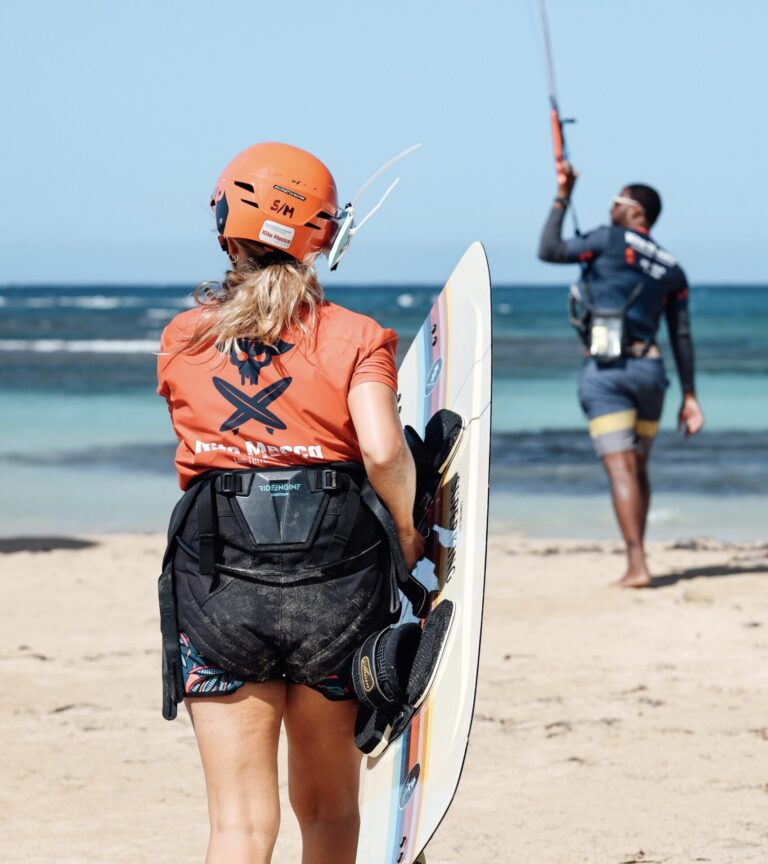
Instructor Experience: More Than Just a Certificate
A certified instructor meets basic safety standards, but that doesn’t guarantee great teaching. Certification programs often follow standardized methods that can’t fully adapt to every student, every spot, and every condition.
What really matters is experience.
A truly experienced instructor:
✔️ Understands that every student has a unique body, learning style, and range of motion.
✔️ Knows different ways to teach particular exercises to suit different learners.
✔️ Can read your mistakes from the equipment behavior even when you’re far.
✔️ Has developed the intuition to spot when a student is overwhelmed, tired, or losing motivation—and can prevent frustration before it happens.
On the other hand, newly certified instructors often follow rigid lesson plans that don’t account for individual differences. They may miss the small adjustments that can make a huge difference in your learning curve.
In kitesurfing, real-world teaching experience is priceless. It can save you hours of extra lessons—and potentially save you from giving up.
Time Is Money (And So Is Fun!)
The longer it takes you to learn:
- The more lessons you need to buy.
- The more days you spend waiting for wind.
- The more your stoke and motivation can drop.
If you’re on vacation with limited time or a tight schedule, learning efficiently becomes priceless. Paying more for private lessons, better instructors, better equipment can actually save you money and decide will you make it or brake it.
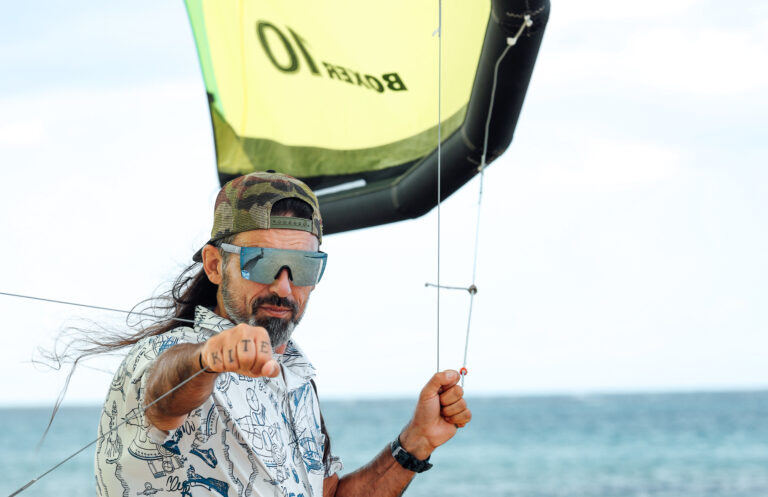
How the Kitesurf Learning Calculator Helps You
At KiteMecca, we’ve created the Kitesurf Learning Calculator to help you plan your learning journey more realistically.
It factors in:
- Lesson type (private, semi-private, group)
- Wind and water conditions
- Your fitness level and board sports background
- Instructor experience and school quality
- Equipment used
- Lesson frequency and location etc.
👉 In just a few clicks, you’ll get a personalized estimate of your total learning time and cost.
Stop guessing. Start planning smart.
Final Thoughts: Think About the Total Journey, Not the Single Lesson Price
When you compare kitesurfing schools, don’t ask “How much is one lesson?”
Ask:
- Is the price for the private or group lessons?
- Who will teach me—and when abroad make sure you both speak well a language?
- Does the instructor use radio connection during the lesson?
- How big is the board used for water starts?
- Does the wind blows every day?
- Does the water is deep or shallow? flat or choppy?
- How strong and how stable is the wind?
- Are there any hazards on the beach and in the water?
A cheaper lesson can cost you more in the end. Focus on the total cost, total time, and total experience—this is the smartest and most satisfying way to learn kitesurfing.
👉 Try the Kitesurf Learning Calculator Now and plan your journey with confidence.


You May Also Like
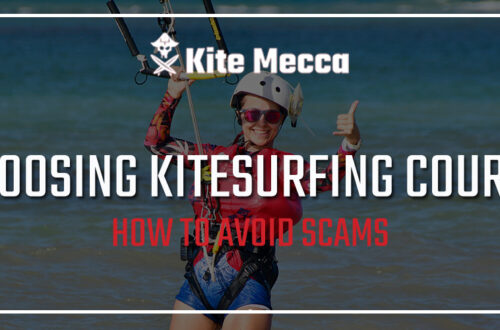
5 Essential Factors To Choose The Best Kitesurfing Course
March 29, 2023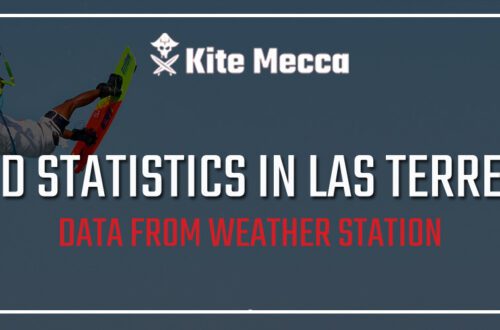
Wind Statistics in Las Terrenas
December 30, 2021